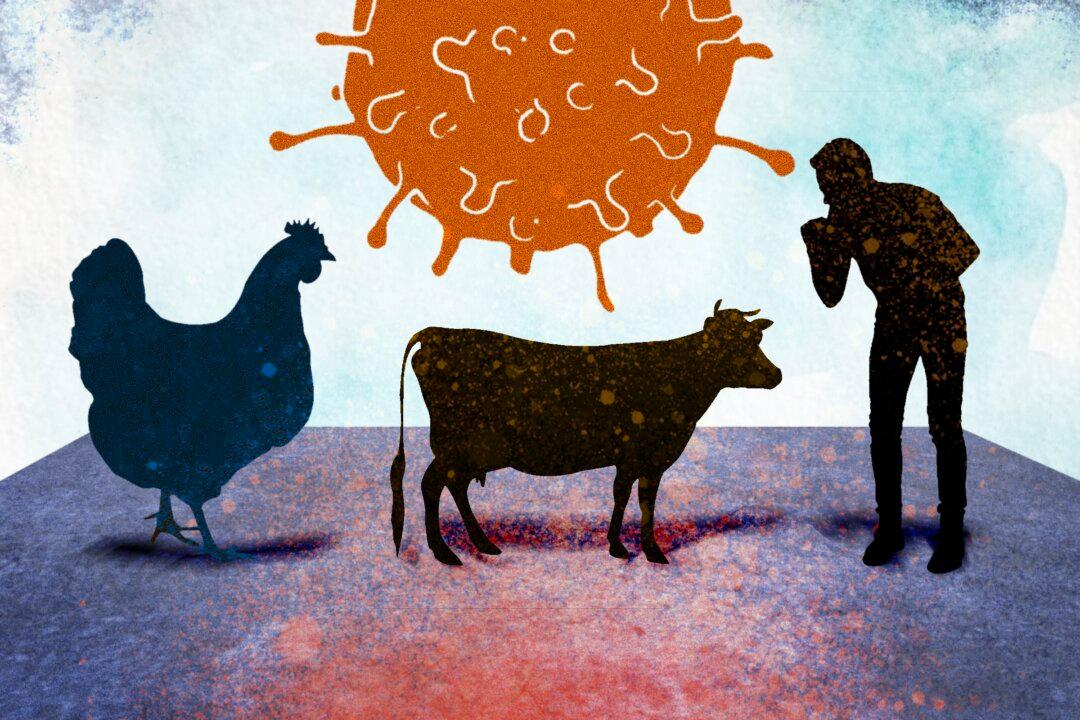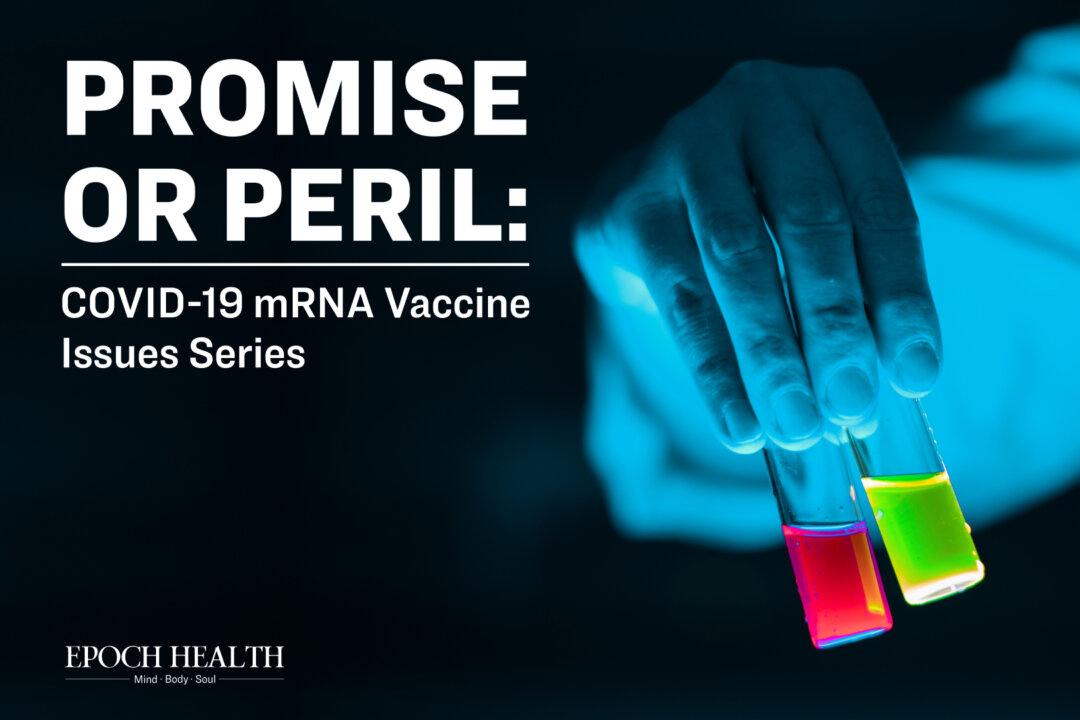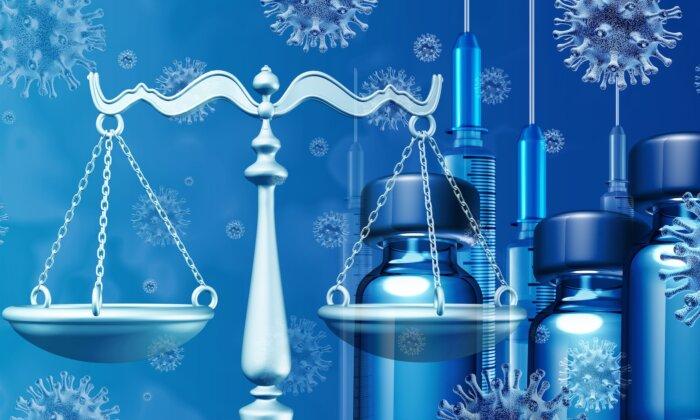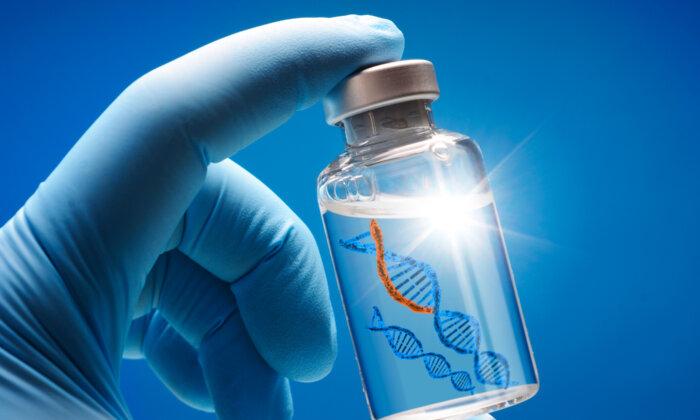Recently, adverse brain and neurological events brought about by vaccination are gradually attracting the attention of scientists. What adverse neurological events are known to be induced by vaccination?
A 72-year-old woman developed a prion disease called Creuzfeldt-Jakob disease 14 days after her second dose of the Pfizer COVID-19 vaccine. When her symptoms persisted until the 10th week, fatal neurodegeneration occurred.

This phenomenon is very surprising, because the progression of prion disease in the past was generally slow and long-lasting, and it rarely developed into a severe disease within a few months.
This report specifically analyzed 26 cases of prion disease after COVID vaccination with Pfizer, Modena, and AZ vaccines respectively, and it found that the average time from vaccination to the onset of disease, serious deterioration, and even death was 3 to 4 months. This shows that the progression of this disease is quite different from the conventional prion disease in the past.

The Mysterious Prion Disease
Prions are not a kind of infectious viruses, but a type of infectious protein.Prion diseases were discovered in the 18th century, but they occurred mostly in animals. At that time, the medical community discovered a disease called Scrapie, as many sheep with this disease were rubbing their backs hard on the wall and rocks due to itchiness, so much that their fleece would fall off. It was later discovered that the itching sensation was actually brought about by their affected brain nerves.
It was not until the emergence of mad cow disease in the UK, which attracted the attention of the public, that people first noticed a strange characteristic of prion diseases. That is, we know that viruses, bacteria, and other common microorganisms allow diseases to spread, but prion diseases are caused by misfolded proteins that spread throughout the body, transmitting their misfolded shape onto normal variants of the same protein. At that time, it was an unknown mode of disease transmission.
The traditional understanding of the prion disease mechanism is that the alpha helices structures in normal proteins become diseased and then become beta sheets in a striated configuration.

As aforementioned, after the prion diseases appear in cattle and sheep, some cellular tissues in their brains will decay and hollow out, resulting in a sponge-like brain. And this is a visible pathological change.
In layman’s terms, this pathological mechanism is protein denaturation. It is similar to when leaving milk at room temperature for a long time, the proteins in the milk will settle out and become dregs. However, the deterioration of milk is generally caused by external factors, whereas the progression of prion diseases takes a long time, and the mechanism of creating “sponge brains” is not very clear.

Is There a Link Between Prion Disease and Vaccination?
Theoretically speaking, the phenomenon of prion disease after vaccination observed in France should have occurred in other countries as well, and it was just first exposed in France.Scientists analyzed the amino acids with prion-like characteristics and found that amino acids 473 to 510 of the SARS-CoV-2 spike protein have prion-like characteristics.

The researchers also compared the SARS-CoV virus and found that it had a similar region that could cause prion pathology, but it was less likely than the SARS-CoV-2 (which causes the COVID-19 illness) to induce prion pathology. However, other coronaviruses are much less likely to induce prion disease.
The researchers further focused on the changes in amino acids that may cause prion disease. Traditionally, prion diseases mainly occurred in a glycine-rich motif (GxxxG); now it has been found that if a large amount of amino acids glutamine (N) and/or asparagine (Q) are present in the region of the SARS-CoV-2 spike protein, so that the likelihood of developing this disease actually increases. So this region has become a region where prion disease is very likely to occur.
Coincidentally, this region also happens to be the region where the spike protein binds to the ACE2 receptor.
There may also be a region on the human ACE2 receptor where prion disease may occur, and this region happens to interact with with the one on the spike protein. Therefore, these two regions can interact with each other.
In addition, by comparing Alpha, Beta, Delta and Omicron variants, a very special phenomenon is discovered. That is, only the Omicron variants are not prone to prion pathology. This may also be one of the reasons for the overall reduced pathogenicity of the Omicron variants.

The French and Swiss neurologists and virologists further discovered that there are also prion-like components in the Pfizer and Modena mRNA vaccines, as the genetic sequence of the spike gene used in the mRNA vaccines were based on the original Wuhan wild type SARS-CoV-2 and the region 473–510 is kept the same.

What Caused the Rapid Deterioration Prion Disease Cases After Vaccination?
As mentioned earlier, the analysis of 26 cases in France showed that the prion disease developed after the COVID-19 vaccination is different from the conventional prion diseases: its mortality rate is significantly higher, reaching 77 percent; and the time from onset to death is also much shorter. Why is this?The first one involves the structural conversion of proteins from a soluble form into insoluble amyloid aggregates.

The disease-causing prion induces changes in other proteins in its vicinity. These disease-causing proteins fold upon each other to form an amyloid-like structure. The length of this process depends on the characteristics of the beta sheets and whether or not the surrounding proteins have contributed to the pathological factors.
The other way to form prion involves stress granules.
When human cells are exposed to external stresses, such as physical or chemical stresses, stress granules are formed in the cells. A stress granule contains RNA and proteins bound to RNA, but without membranes and it resembles a cotton ball.
The length of formation time for stress granules is related to many factors.

One potential mechanism scenario is that when exogenous mRNA enters human cells in abundance in the case of mRNA vaccination, the cells are put into a stress mode, which would trigger many intracellular mechanisms to provoke abnormal intracellular RNA-RNA and RNA-protein binding. If the foreign proteins had the tendency to transform into prions, it is more likely that the surrounding RNA-bound proteins would be gathered together to form stress granules.
Other Adverse Neurological Events After Vaccination
There have also been concerns about the neurological effects of the COVID-19 vaccines. In addition to the prion diseases we mentioned earlier, what other adverse neurological events can the vaccines cause?
In addition, these neurological symptoms appeared very quickly after vaccination. In 52.6 percent of the cases, symptoms appeared within one hour of the vaccine injection. This phenomenon was not studied in depth in the paper, but this is very alarming–how does an inactivated vaccine injected into the muscles affect the brain or spinal cord in such a short period of time? This is worth further study.
The recovery times vary widely, from one to three days for some people, to one to two weeks or more for others.
How did the vaccine cause these neurological symptoms? One possibility is that it is a reversible cerebrovascular constriction syndrome. And there are features that fit this description, such as a female predominance and recurrent abnormal headaches. However, there are also features that do not fit, such as thunderclap headaches.
Another possibility is migraines. The numbness around the mouth and transient unilateral weakness are consistent with migraines, and 50 percent of people with such symptoms have a history of migraines. Nevertheless, there are some symptoms that are not consistent with migraines.
The exact cause of these symptoms is not yet known.
Another vaccine-induced neurological disorder of great concern is Guillain-Barre Syndrome (GBS). This disease has been listed as one of the side effects of the Johnson & Johnson (Janssen) vaccine.
It is known that the SARS-CoV-2 virus itself can cause neurological pathology. So, is it possible that the vaccine could make the viral mRNA or other proteins enter the brain or nervous system and affect the nerve sphingolipids? At present, we know very little about the neurological side effects of the COVID-19 vaccines. And according to the regular timeline for vaccine development, long term further research will be needed to study neurological impacts. Therefore, we need to stay vigilant about vaccine’s neurological adverse events when the reports and studies in this field are still vastly demanded.






